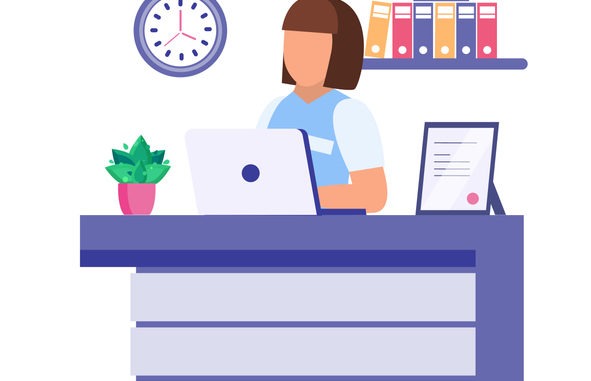
Stephen Mitchell, CEO Keystone Knowledge, discusses why you need to keep your back-office IT up to date
The pace of change is accelerating and we all know, first-hand, just how much has changed in the last 18 months. If you’d asked any of us before the pandemic and lockdown started in March 2020 if we would have been able to do our jobs from home routinely, most people would have thought it to be a very niche proposition – but we have all become adept at working from our kitchen tables or breakfast bars, juggling multiple Zoom and Teams calls, when before we would have driven 45 minutes to have a face-to-face meeting.
Is your technology up to the job to facilitate teaching and learning?
You have to ask the question, ‘What state is our back-office IT in, and when did the technology last get some (much-needed) TLC?’
As school business leaders, we understand the need to maximise financial efficiency, focus on the academic return on investment, and benchmark how much we spend on all different avenues. This process is hugely beneficial and allows the focus to remain solely on the children; it is also paramount that we make sure each of these systems remains sustainable, now and into the future.
The changing landscape
We have, by and large, become accustomed to the use of cloud computing – or, at least, cloud-based systems. Many of us will now have cloud-based accounts systems (even if we don’t know it), meaning we can log in from anywhere and do the bank reconciliation (everybody’s favourite job, right?) Most of the software our teachers use in classrooms will be web-streamed content, and a good internet connection is now essential to how academic settings need to operate.
So, is a broadband failure on your risk register?
The days of software ownership are slipping away like that of your CD collection at home! We’re becoming used to software as a service (SaaS) where we no longer own our software, but rent it from a third party. The implicit change in ownership may have gone unnoticed by many across the sector, but SaaS is a term we will need to become more aware of, and pay greater attention to, as the proposition here is definitely to stay.
The kit in our schools, academies and classrooms is often purchased outright, but we have seen an increase in leasing options over recent years, allowing us to spread and manage costs accordingly. This is an excellent way to boost cash flow, and should be considered in every educational facility.
Now though, there is a new tool for our arsenal coming our way.
Device as a service
‘Device as a service’ (DaaS) has begun gaining traction – not just the operating leases mentioned above, but also the full-on rental provision of computers and other hardware (including laptops, desktops, tablets, and mobile ‘phones). DaaS helps organisations mitigate these costs.
Few suppliers are currently offering this service; still, it can be assumed that this drive will go through amplification as initiatives like Windows 365 take hold. You now have the ability to ‘rent’ a computer in the cloud from Microsoft and configuring it to your unique specifications, using cloud systems, and access it from any internet-connected device you have access to. DaaS makes any device capable of being ‘your’ own computer – all you have to do is log onto a designated portal system and access your personalised, remote computer.
These changes may profoundly affect how we budget for IT refreshes in schools and educational facilities in the future; we will now have up-to-date software and systems without the upfront capital cost, and these can be scaled up or scaled down according to the school’s specific needs. This process will work very much in the same way you would get a mobile ‘phone contract – choice!
Top questions to ask yourself
- How do you make sure you’re working effectively? (Set aside what you know about your current system – what is the art of the possible when it comes to better productivity and greater efficiency?)
- When is the demand there for equipment across the school?
- Could you consider funding purchases differently in the future?
- How will you be working, and what will you need, 24 months from now?
- What will you do with all that extra space if you don’t need server rooms full of bulky bits of machinery anymore?
As we emerge from the last 18 months it is undeniable that processes have changed, and many of the new procedures will remain in place as schools and academies return to some level of normality. We must remain poised and adaptable to changes and embrace these reforms to secure the best outcomes for our education providers and, fundamentally, the pupils and students they support.



Be the first to comment